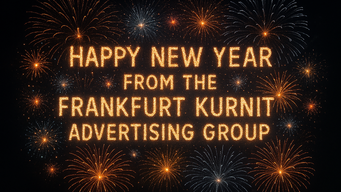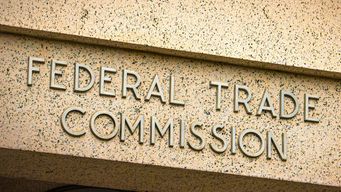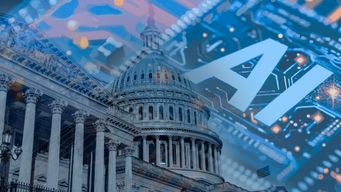I was very sorry to hear about the death, earlier this week, of George Wendt, the actor most famous for his portrayal of the character “Norm” on the long-running television series “Cheers.” For advertising lawyers, Wendt is one of several iconic figures – along with Vanna White, Tom Waits, and Kareem Abdul-Jabbar, among others – whose lawsuits help shaped the way we think about the right of publicity today.
If you're not familiar with the show, two of the regulars at the bar were Wendt's character “Norm” and the character “Cliff,” who was played by John Ratzenberger. In the show, they were often seen sitting together at the corner of the bar.
In the 1990s, Host International rolled out a series of airport “Cheers” bars that were modeled on the set from the television show. As part of the design of these airport bars, Host International created life-size animatronic robotic figures that depicted two characters sitting at the corner of the bar that at least arguably called to mind the “Norm” and “Cliff” characters.
Wendt and Ratzenberg sued Host International, alleging that these robots violated their statutory and common law rights of publicity under California law and also violated the Lanham Act. What they argued, essentially, was that the use of these robots violated their publicity rights because they were obvious depictions of them. They also argued that Host International violated the Lanham Act because the robots created confusion about whether Wendt and Ratzenberg were associated with, and had endorsed, these airport “Cheers” bars.
After a fair amount of litigation, with the federal district court dismissing the case twice, the 9th Circuit allowed Wendt and Ratzenberg's lawsuit to continue, holding that it was up to a jury to decide whether the robots infringed their rights of publicity and created confusion about whether they were associated with the airport bars. As the 9th Circuit explained back then, “Without making any judgment about the ultimate similarity of the figures to the appellants, we conclude from our own inspection of the robots that material facts exist that might cause a reasonable jury to find them sufficiently ‘like’ the appellants” to violate California's right of publicity statute."
Importantly, the case also solidified the 9th Circuit's view – which represented a transformation in how we think about the right of publicity today – that, even without depicting an individual's “likeness,” a marketer could still violate an individual's right of publicity by appropriating the individual's “identity.” The case also reaffirmed the 9th Circuit's view that the Lanham Act could also be an effective tool for individuals to use to control the use of their identity for commercial purposes.
This decision came out in 1997 – not long after I became an advertising lawyer. Years later, I met Wendt at an entertainment-industry event. He got a kick out of the fact that all I wanted to talk to him about was his iconic lawsuit. Why did Wendt sue, after “Cheers” had done so much for his career? Ultimately, he said, it came down to the fact that, after Host International had asked for permission to use his likeness, and he said “no,” the company went ahead with the robot anyway.
While there are certainly important lessons to be learned from that, after all of these years, the Wendt and Ratzenberg case is especially important for marketers to keep in mind as they create advertising materials using generative AI. As this case teaches, even if you're not using someone's likeness, you may still be violating that person's right of publicity or other rights if you're implicating the person's identity or otherwise creating confusion about the person's association with your project.
I know that Wendt would certainly appreciate the fact that even today, if he were to walk into any advertising law conference, it would be a place where everybody knows his name.
Wendt v. Host International, 125 F.3d 806 (9th Cir. 1997).





